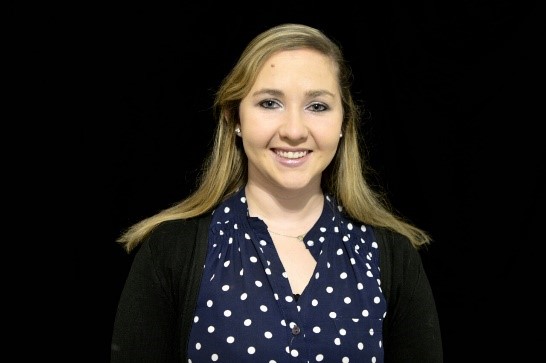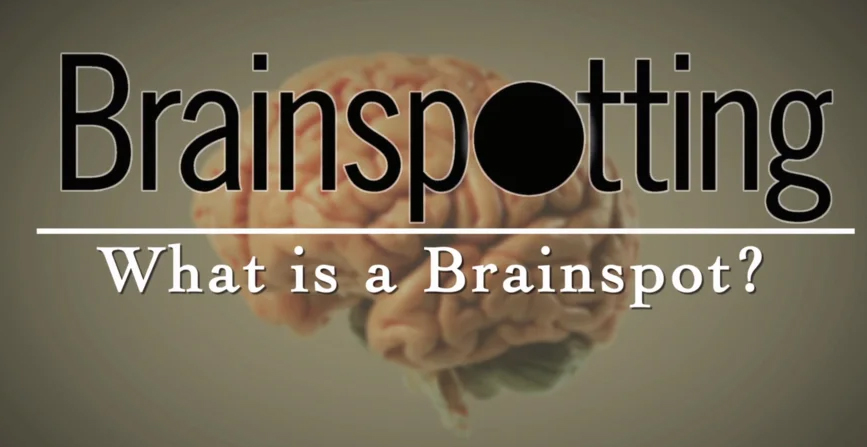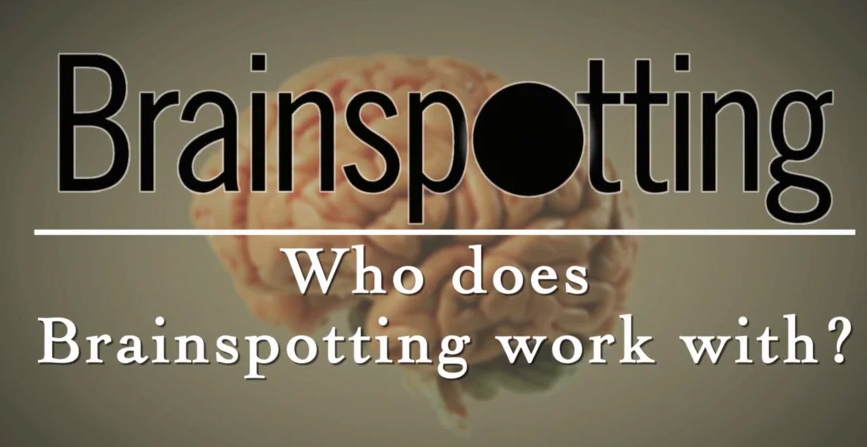Why should I see a trauma counsellor/ therapist?
Trauma involves the emotions of fear, helplessness and horror. It is also the individuals’ reaction to an event and leads to the individual feeling a lack of control, overwhelmed and powerless. Individuals have no choice in trauma. Crisis on the other hand is the state of intense psychological vulnerability. Crisis follows exposure to psychological or social stressor. These experiences lead to profound disruption to the individuals’ routine and sense of order. Normal coping resources and support systems are challenged by these crises’. The following can be seen as constituting traumatic events; the direct personal experience of an event that involves actual or threatened death or serious injury, or other threat to one's physical integrity; or witnessing an event that involves death, injury, or threat to the physical integrity of another person; or learning about unexpected or violent death, serious harm, or threat of death or injury experienced by a family member or other close associate.

The loss of vision is constituted as a traumatic experience, one which impacts an individual’s life and one which requires much support and adjustment. By living with the trauma an individual has a lack of control in various areas of their life. Research has shown that the loss of an eye increases an individual’s risk of depression and anxiety by more than 80%. Apart from the trauma of losing vision and/or an eye as well as the grief of the loss, research also focuses on the difficulties of adaption for these individuals as they are no longer able to do things as prior as well as having to learn new ways of dealing with things such as adaptive techniques as well as having to work on psychosocial factors.
The two main therapies used specifically for patients who have lost an eye are; Cognitive-Behavioural Therapy (CBT) and Brainspotting.
By creating a multidisciplinary team, Eyes Alive and Beryl Carvalho are able to create the perfect eye for an individual and are then able to incorporate therapy to deal with the trauma and adaptation of both the loss of the eye and the incorporation of the new eye. Thus dealing with the individual holistically.
Brainspotting
Eye movement desensitization and reprocessing (EMDR) is a form of psychotherapy in which the person being treated is asked to recall distressing images while generating one type of bilateral sensory input, such as side-to-side eye movements or hand tapping. It is included in several guidelines for the treatment of post-traumatic stress disorder (PTSD). The way it might work is uncertain.
It was developed by Francine Shapiro in the 1990s, and has been controversial, with critics citing ongoing concerns over the quality of evidence, contradictory findings, significant rates of researcher bias, and dropout rates in studies.

Brainspotting (BSP) was discovered in 2003 by David Grand, Ph.D. Over 10,000 therapists have been trained in BSP in the US, South America, Europe, the Middle East, Asia and Africa.
“Where we look affects how we feel”. Brainspotting makes use of this natural phenomenon through its use of relevant eye positions. This helps the Brainspotting therapist to locate, focus, process and release a wide range of emotionally and bodily-based conditions. Brainspotting is also a brain-based tool to support the therapy relationship. It has been shown that Brainspotting taps into and harnesses the body’s natural self-scanning, self-healing ability. When a Brainspot is stimulated, the deep brain appears to reflexively signal the therapist that the source of the problem has been found. Brainspotting can be used to find and strengthen our natural resources and resilience. Brainspotting is designed as a therapeutic tool that can be integrated into many of the healing modalities, and can also be used for performance and creativity enhancement.
“Where you look affects how you feel”.
BSP makes use of this natural phenomenon through its use of relevant eye positions. This helps the BSP therapist locate, focus, process and release a wide range of emotionally and bodily-based conditions. BSP is also a brain-based tool to support the therapy relationship. We believe that BSP taps into and harnesses the body’s natural self-scanning, self-healing ability. When a Brainspot is stimulated, the deep brain appears to reflexively signal the therapist that the source of the problem has been found. BSP can also be used to find and strengthen our natural resources and resilience. BSP is designed as a therapeutic tool that can be integrated into many of the healing modalities. BSP is even more powerful when used with the enhancement of BioLateral Sound CDs.
Brainspotting is effective for a wide variety of emotional and somatic conditions. Brainspotting is particularly effective with trauma-based situations, helping to identify and heal underlying trauma that contributes to anxiety, depression and other behavioral conditions. It can also be used with performance and creativity enhancement. Brainspotting gives the therapist access to both brain and body processes. Its goal is to bypass the conscious, neocortical thinking to access the deeper, subcortical emotional and body-based parts of the brain.


Visit Dr Liebenberg's website to learn more about Brainspotting and how it can be an effective treatment for you.
Contact Us
Operating Hours
Monday - Friday: 9:30 am - 5:00 pm
1 Saturday a month: By appointment only
Sunday: Closed
Let us call you
Provide your details to us and we will be in touch with you.
